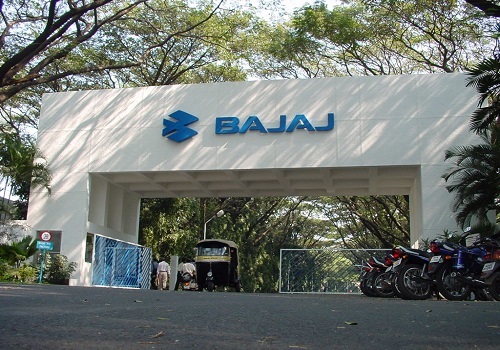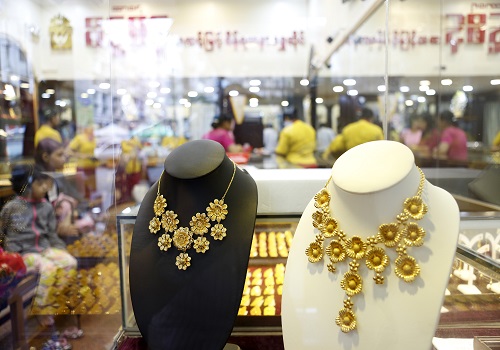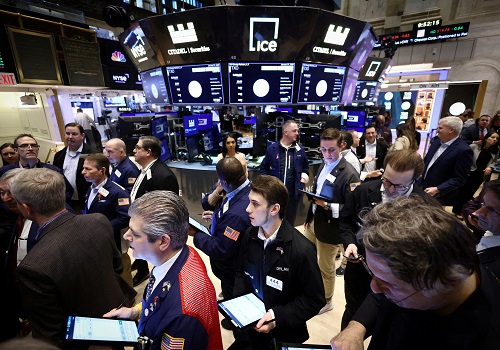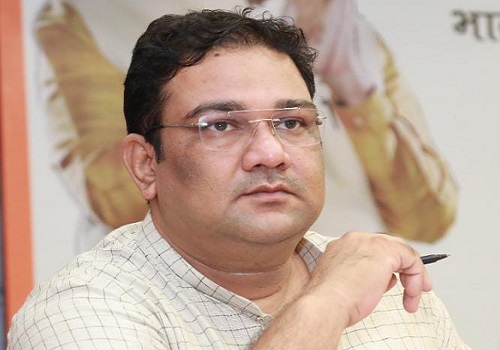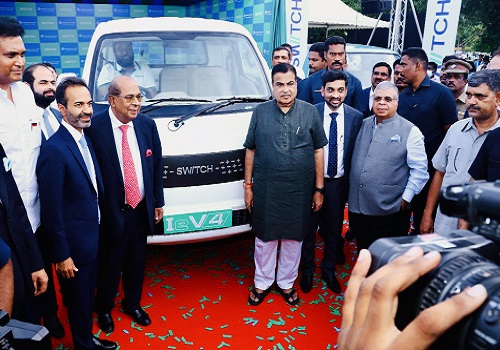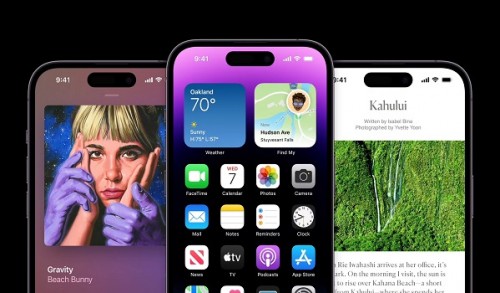A14 Bionic in iPhone 12 brings true-to-life images to the fore
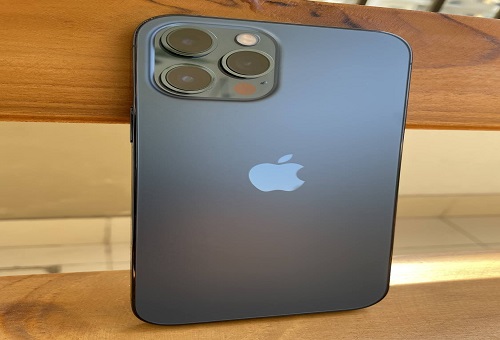
Follow us Now on Telegram ! Get daily 10 - 12 important updates on Business, Finance and Investment. Join our Telegram Channel
Apple iPhone 12 series that has broken sales records worldwide including in India has successfully delivered millions of professional-grade photos and videos, thanks to A14 Bionic -- the fastest chip in a smartphone that provides powerful computational photography features to all users.
Photographers as well as amateurs around the world are using iPhone 12, iPhone 12 mini, iPhone 12 Pro, and iPhone 12 Pro Max to capture stunning images of cityscapes, landscapes, people, and more, from day to night.
The new generation of Apple mobile processors, the A14 bionic, contains a whopping 11.8 billion transistors, up 39 per cent from the A13's 8.5 billion units.
According to Counterpoint Research, this provides significant performance improvements in aspects of CPU, GPU and Neural Engine.
Deep Fusion is an advanced image processing system that can capture images with dramatically better texture, detail, and reduced noise in lower light. So far, this technology was only available on the wide and telephoto lenses of the iPhone 11 Pros.
"But now with the support of the powerful A14 Bionic chip, Deep Fusion has been extended to the ultra-wide and selfie cameras of the iPhone 12 Pros. Users now can expect more true-to-life images, especially in low-light scenes," according to Counterpoint Research Associate Alicia Gong.
iPhone 12 mini, iPhone 12, iPhone 12 Pro & the iPhone 12 Pro Max all feature A14 Bionic -- the first built on a 5nm process technology.
Daily tasks are more fluid, gaming graphics are even better, and machine learning takes a big leap in performance all around.
The four-core Apple-designed GPU is up to 50 percent faster than any other smartphone chip, perfect for playing high-performance games, rendering augmented reality, and editing video.
It features our second-generation memory compression for even better performance on higher data loads.
The Neural Engine is capable of 11 trillion operations per second. Machine Learning Accelerators on the CPU run matrix math up to 70 percent faster than A13. And the Machine Learning Controller seamlessly schedules machine learning across the chip, balancing performance and efficiency.
A14 Bionic and iOS 14 make up the best machine learning platform in a smartphone, according to industry experts.
The iPhone 12 Pros feature a new 7P lens for the wide camera, a significant improvement compared to the iPhone 11 Pros' 6P lens.
The 7P design allows for a larger aperture, making it possible for iPhone 12 Pros' wide camera to offer a f/1.6 aperture, an improvement from the f/1.8 aperture of the iPhone 11 Pros.
"It increases the lens' light-gathering ability by 27 per cent, enabling faster shutter speeds or less grainy ISO settings in low light. Often, compromises are made in terms of sharpness and performance when designing lenses with larger apertures, but the new 7P structure maintains sharp detail in a photo from edge to edge," Gong informed in a recent note.
iPhone also continues to lead the industry with the highest-quality video.
With the larger aperture across the lineup, video gets even better in low light.
Together with the new temporal noise reduction process in the ISP, videos have less noise and more detail, even at fast frame rates.
Now when using a tripod, you can enable Night mode Time-lapse, creating a much brighter result with longer exposure frames and smoother tone curves.
In addition, a new LiDAR (also known as ToF) sensor is included in the iPhone 12 Pros to provide enhanced AR.
The LiDAR sensor senses the environment by shooting out laser beams and then calculating the time they take to return. Therefore, it allows 3D depth information to be extracted from a scene in real time.
"LiDAR-enabled 3D vision allows new AR applications to be explored, and existing ones to work better. Moreover, it can also be used to enhance autofocus in low-light scenes," the analysts said.







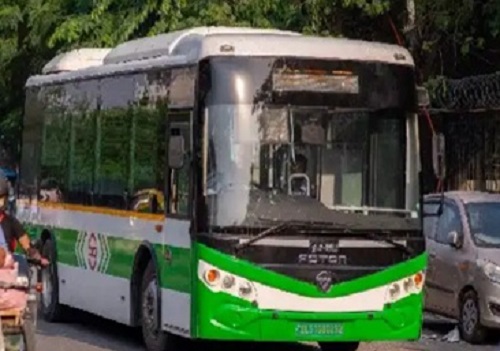




 320-x-100_uti_gold.jpg" alt="Advertisement">
320-x-100_uti_gold.jpg" alt="Advertisement">

